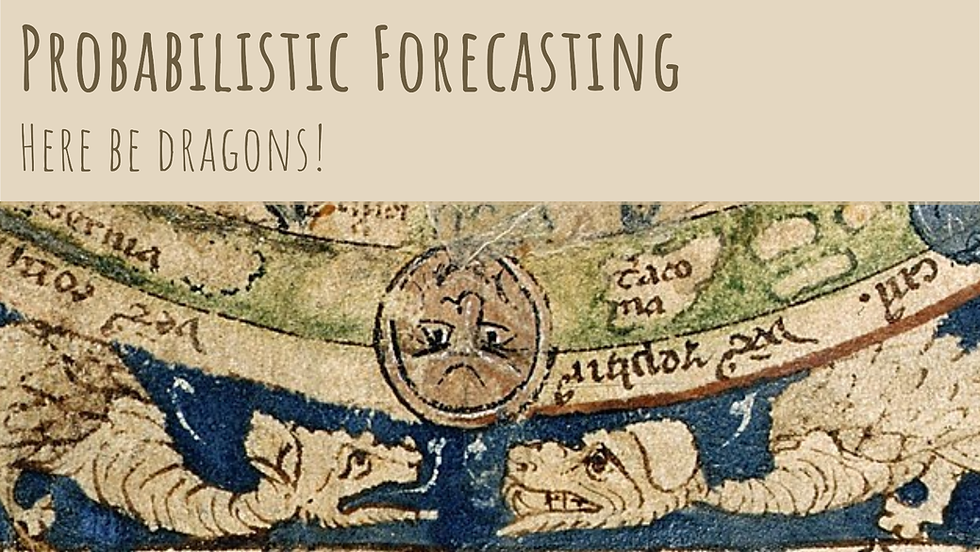A Formula for Time-bound Experiments
- Fernando Cuenca

- Oct 15, 2024
- 2 min read
"People don't resist change, they resist being changed". We're often reminded of this quote from Peter Senge, to highlight the importance of bringing people along when we need to introduce some change.
A practical way to obtain buy-in that I've found useful, especially in cases of relatively small "procedural" changes (like adoption of a new development practice, or management policy), is the use of a formula that I learnt from J. B. Rainsberger many years ago.
It essentially goes like this:
"I propose that we do X, with the purpose of Y. We'll try this for N days/weeks, and after that we'll evaluate the results and decide to either cancel this experiment, or to renew it for another cycle."
There are several components to note in this formula:
"I propose": it opens with an invitation to a negotiation. You may be saying this, perhaps, from a position of authority, but it conveys the intention of some discussion around the other parameters of the experiment.
"we do X with the purpose of Y": it makes explicit the change, and the reason behind it. It could even be made even more specific by adding "and we'll know that we're being successful by observing Z", to indicate some concrete indicator that will tell us to what degree we're achieving the stated purpose. This will help with the objectivity of the the "evaluation clause" that comes later.
"We'll try this for N days/weeks": it makes the change time-bound. This is really important, because often the adverse reaction to a change comes from the perception of being "trapped for ever" in the change. Instead, we're asking people to "suspend disbelief" (or to "hold their noses") only for a limited period of time, after which everything could revert back to "normal".
"after, we'll evaluate and decide": it adds the promise to stop and reflect about the experiment, and make a collective decision about what to do next, essentially closing the feedback loop. It also makes explicit that abandoning the change is an option on the table.
There are, of course, other ways to frame experiments (including following more formal templates that include hypothesis formulation, risk identification and mitigation, etc.) but I've found this simpler formula can be useful to get the conversation started, move past objections, and facilitate learning.
If you've tried this (or a variation) in the past, leave a comment here to share your experience. If you try the formula after reading this article, also leave a comment here to let us know how it went.







Comments